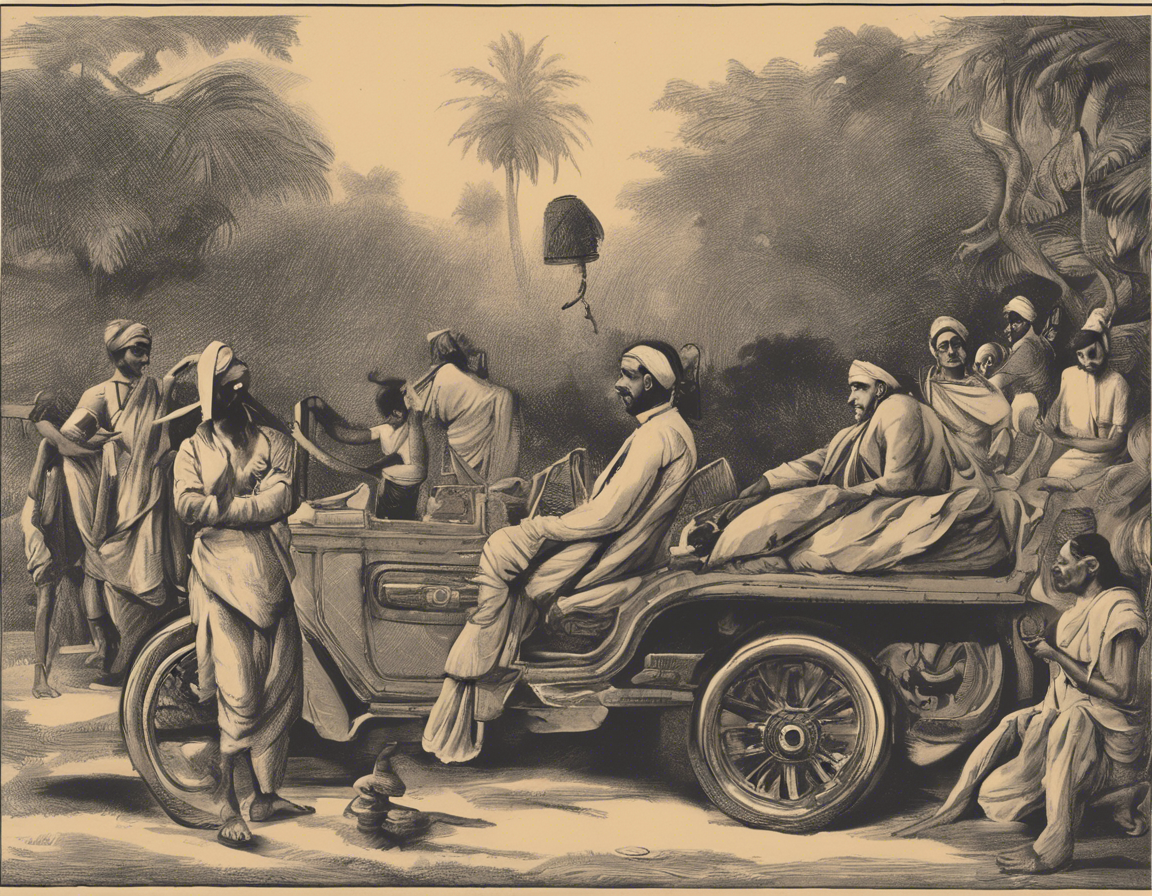The Battle of the Bollywood is a term used to describe the fierce competition between the two powerhouse countries in the Indian film industry: India and Bangladesh. Both countries have a rich cinematic tradition and have produced some of the most iconic movies and talented actors in the world. In this blog post, we will delve into the history, evolution, and impact of Bollywood in both countries, as well as the current state of the industry and the ongoing rivalry between Indian and Bangladeshi cinema.
History of Bollywood in India and Bangladesh
Bollywood in India
Bollywood, the Hindi film industry based in Mumbai, India, is one of the largest film industries in the world. It has a long and storied history that dates back to the early 20th century when the first silent Indian film, Raja Harishchandra, was released in 1913. Over the decades, Bollywood has evolved and grown into a multi-billion dollar industry that churns out hundreds of films every year.
Indian cinema has a huge fan following not only in India but also in countries with significant Indian diaspora populations like the United States, United Kingdom, Canada, and Australia. Bollywood films are known for their colorful sets, elaborate dance sequences, melodious music, and dramatic storylines that often revolve around themes of love, family, and social issues.
Bangladeshi Cinema
In neighboring Bangladesh, the film industry is also a prominent player in the country’s cultural landscape. Bangladeshi cinema has a long history that dates back to the 1950s when the first full-length feature film, Mukh O Mukhosh, was released in 1956. Over the years, Bangladeshi filmmakers have produced a diverse range of films that reflect the country’s rich cultural heritage and societal issues.
Bangladeshi cinema has its own distinct style and aesthetic, with films often exploring themes of national identity, rural life, and socio-political issues. Despite facing challenges such as limited funding and infrastructure, Bangladeshi filmmakers have been able to carve out a niche for themselves in the global film industry.
Indian vs. Bangladeshi Cinema: The Rivalry
The rivalry between Indian and Bangladeshi cinema is a reflection of the broader cultural and historical ties between the two countries. Indian films have always had a significant influence on Bangladeshi cinema, with many Bangladeshi filmmakers and actors drawing inspiration from Bollywood movies.
However, in recent years, there has been a growing sense of competition between the two industries, with both Indian and Bangladeshi filmmakers vying for audiences and market share. While Bollywood continues to dominate the South Asian film industry with its big-budget productions and star-studded casts, Bangladeshi cinema has been gaining recognition on the international stage with its emphasis on storytelling and social realism.
Impact of Bollywood on Bangladeshi Cinema
The influence of Bollywood on Bangladeshi cinema is undeniable. Many Bangladeshi filmmakers have been inspired by the larger-than-life storytelling and production values of Indian films, leading to a cross-pollination of ideas and styles between the two industries.
Bollywood films are immensely popular in Bangladesh, and Indian actors like Shah Rukh Khan, Salman Khan, and Priyanka Chopra enjoy a massive fan following in the country. Bangladeshi audiences often flock to theaters to watch the latest Bollywood releases, and Indian films are a staple of Bangladeshi television channels.
The Future of Indian and Bangladeshi Cinema
As both Indian and Bangladeshi cinema continue to evolve and push boundaries, the future looks promising for both industries. Indian filmmakers are exploring new genres and themes, while Bangladeshi directors are gaining recognition on the global stage for their unique storytelling style.
Collaborations between Indian and Bangladeshi filmmakers are also on the rise, with projects like “Monpura” and “Ant Story” showcasing the creative potential of cross-border partnerships. As the lines between Bollywood and Bangladeshi cinema blur, audiences can look forward to a more diverse and vibrant range of films from both countries.
Frequently Asked Questions (FAQs)
Q: Is Bollywood the same as Indian cinema?
A: Bollywood specifically refers to the Hindi-language film industry based in Mumbai, while Indian cinema encompasses a wide range of regional film industries like Tamil, Telugu, Malayalam, and Bengali.
Q: Why are Bollywood films so popular in Bangladesh?
A: Bollywood films are popular in Bangladesh due to cultural similarities, shared history, and the universal appeal of Indian storytelling and music.
Q: Are there any famous Bangladeshi actors in Bollywood?
A: Irrfan Khan and Mithun Chakraborty are two prominent actors who have roots in Bangladesh and have made a name for themselves in Bollywood.
Q: How has Bangladeshi cinema influenced Bollywood?
A: Bangladeshi cinema has influenced Bollywood in terms of storytelling, themes, and social realism, with Indian filmmakers drawing inspiration from Bangladeshi directors like Tareque Masud and Mostofa Sarwar Farooki.
Q: What are some popular Bangladeshi films that have gained international recognition?
A: Films like “Matir Moina”, “Third Person Singular Number”, and “The Clay Bird” have garnered critical acclaim and won awards at international film festivals.
Q: Is there a market for Bangladeshi films in India?
A: While Bangladeshi films are not as widely distributed in India as Bollywood films are in Bangladesh, there is a growing interest among Indian audiences in Bangladeshi cinema, especially with the rise of streaming platforms.
In conclusion, the Battle of the Bollywood between India and Bangladesh is a testament to the vibrant and diverse film industries of both countries. As filmmakers and audiences continue to explore new horizons and collaborations, the future looks bright for Indian and Bangladeshi cinema, paving the way for a new era of creativity and innovation in South Asian filmmaking.
